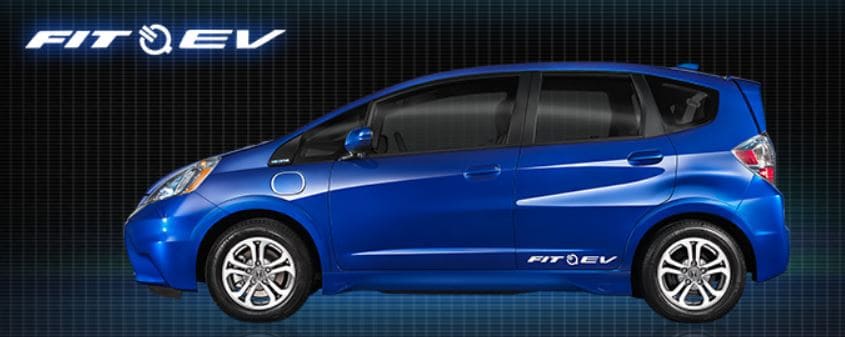 Honda announced its support for the “Smart Columbus Plan,” the effort by the city of Columbus, Ohio to win the U.S. Department of Transportation’s (DOT) Smart City Challenge. Honda is also pledging to partner with Columbus through a number of transportation innovations, including a comprehensive Connected Car effort.
Honda announced its support for the “Smart Columbus Plan,” the effort by the city of Columbus, Ohio to win the U.S. Department of Transportation’s (DOT) Smart City Challenge. Honda is also pledging to partner with Columbus through a number of transportation innovations, including a comprehensive Connected Car effort.
Columbus is one of seven finalists for the inaugural Smart City Challenge that will award $40 million to the city (population of 200,000 to 850,000) that can demonstrate the best vision for how advanced data, applications, and intelligent transportation systems (ITS) technologies can be used.
Columbus is approximately 30 miles from Honda’s first and largest manufacturing base in the United States and the North American hub for the company’s significant research and development operations.
Honda has a long partnership with The Ohio State University that already has led to a number of mobility innovations, including in the safety arena. Furthermore, the automaker has pledged to support the study of autonomous and connected vehicles in Ohio by launching a comprehensive Connected Car effort along State Route 33 between Columbus and East Liberty, where vehicle-to-vehicle (V2V) and vehicle-to- infrastructure (V2I) connections can be effectively analyzed.
If Columbus is named as the U.S. DOT’s Smart City, Honda plans to be particularly engaged with data integration, autonomous vehicles, connected vehicles, and implementing advanced sensors and cameras at intersections. Additionally, Honda has pledged to make available a number of electric and plug-in hybrid vehicles for the city, including the Fit EV and the soon to be released Clarity Plug-In Hybrid, as well as advise on EV charging requirements and spearhead the application of vehicle charging and electric utility and renewable generator coordination (Vehicle/Grid Integration).
Columbus was named as a finalist for the Smart Cities grant in March of this year, joining Austin, Denver, Kansas City, Pittsburgh, Portland, and San Francisco. The winning city is expected to be named by the U.S. DOT in June 2016.
The application submitted for the DOT grant highlighted five strategies in which the Ohio capital city would advance its intelligent transportation systems, including:
- Access to Jobs – Autonomous vehicle deployment from a transit center to area employers
- Smart Logistics – Making real-time traffic conditions and routing data readily available in the form of a smartphone application for truck drivers
- Connected Visitors – Providing real-time information to visitors regarding traffic and parking conditions as well as transit options
- Connected Citizens – Examining mobility challenges in underserved neighborhoods to increase job opportunities by providing personal transit service offerings
- Sustainable Transportation – Expanding the infrastructure for refueling/recharging of alternate-fuel vehicles and investigating ways to encourage further use of electric vehicles in the city.